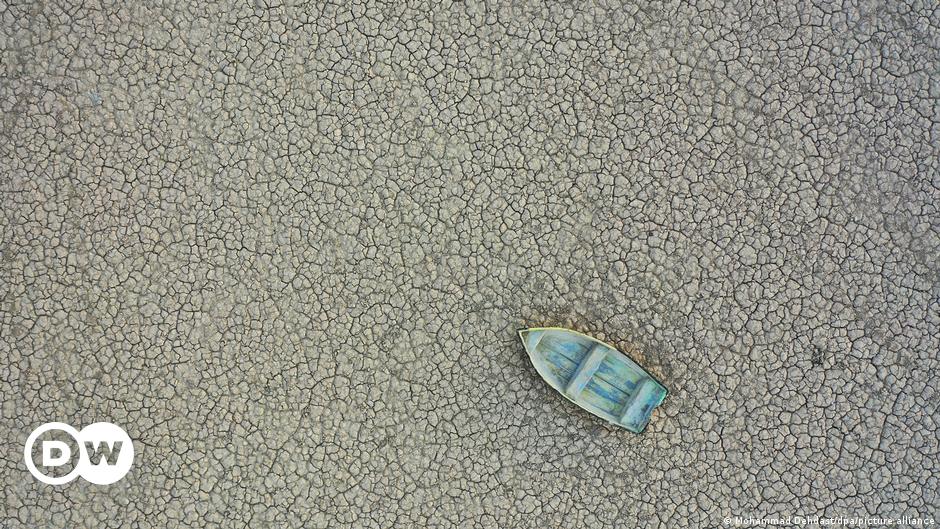A drought in Iran is causing the ground to subside, threatening Tehran and hundreds of other towns.
More than 800 towns and villages, including the capital Tehran and the major city of Isfahan, are at risk from land subsidence, Iranian authorities say.
The ground beneath Tehran sinks by up to 22 centimeters (around 9 inches) every year, which is seven times higher than what would be normally expected.
The reason, experts say, is the country’s acute water shortage.
“This is a serious crisis affecting at least half of Iranian society,” said Roozbeh Eskandari, a Canadian-based expert on a hydraulic structures and dam construction.
Eskandari has long since warned about the consequences of Iran’s water scarcity.
“Land subsidence resulting from unsustainable water consumption endangers the country’s entire infrastructure, including pipelines, power lines and railroads,” Eskandari told DW.
How much of this is climate change and how much is agriculture? Could better agriculture techniques help? Or not needing Iran to be wholly self-sufficient because of sanctions?
It’s clearly because of women who dress immodestly. The boobquake has finally arrived.
Reason #978 why conservatives should never, ever be permitted to run a nation.
Inshallah
This is the best summary I could come up with:
“Land subsidence resulting from unsustainable water consumption endangers the country’s entire infrastructure, including pipelines, power lines and railroads,” Eskandari told DW.
The government’s plans are only making things worse," he added, referring to measures to divert water flows or build damns — moves that are seen as short-term fixes rather than real solutions.
For years, experts such as the renowned Iranian sociologist Saeed Madani, have warned about the consequences of climate change and its impact on Iran’s economy and society.
"We are seeing irreversible depletion and damage to groundwater reservoirs in many parts of the country due to unsustainable water consumption in agriculture, which continues to grow to increase food production.
These are people who have been forced to move to the northern provinces and cities around Tehran due to climate change, and in particular, because of water shortages in central and southern Iran.
“The situation is serious because Iran suffers from chronic mismanagement in the environmental sector,” said Sohrabi, adding that industry and agriculture need to adapt to climate change.
The original article contains 726 words, the summary contains 170 words. Saved 77%. I’m a bot and I’m open source!



